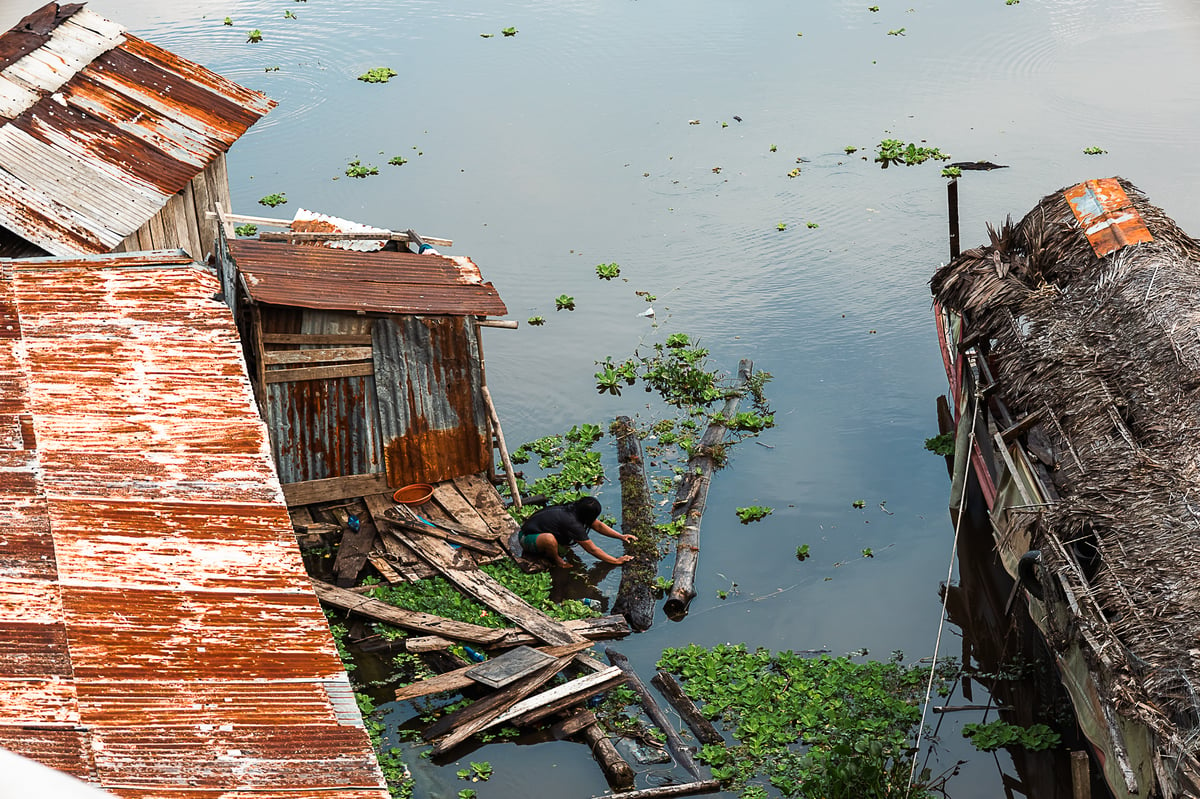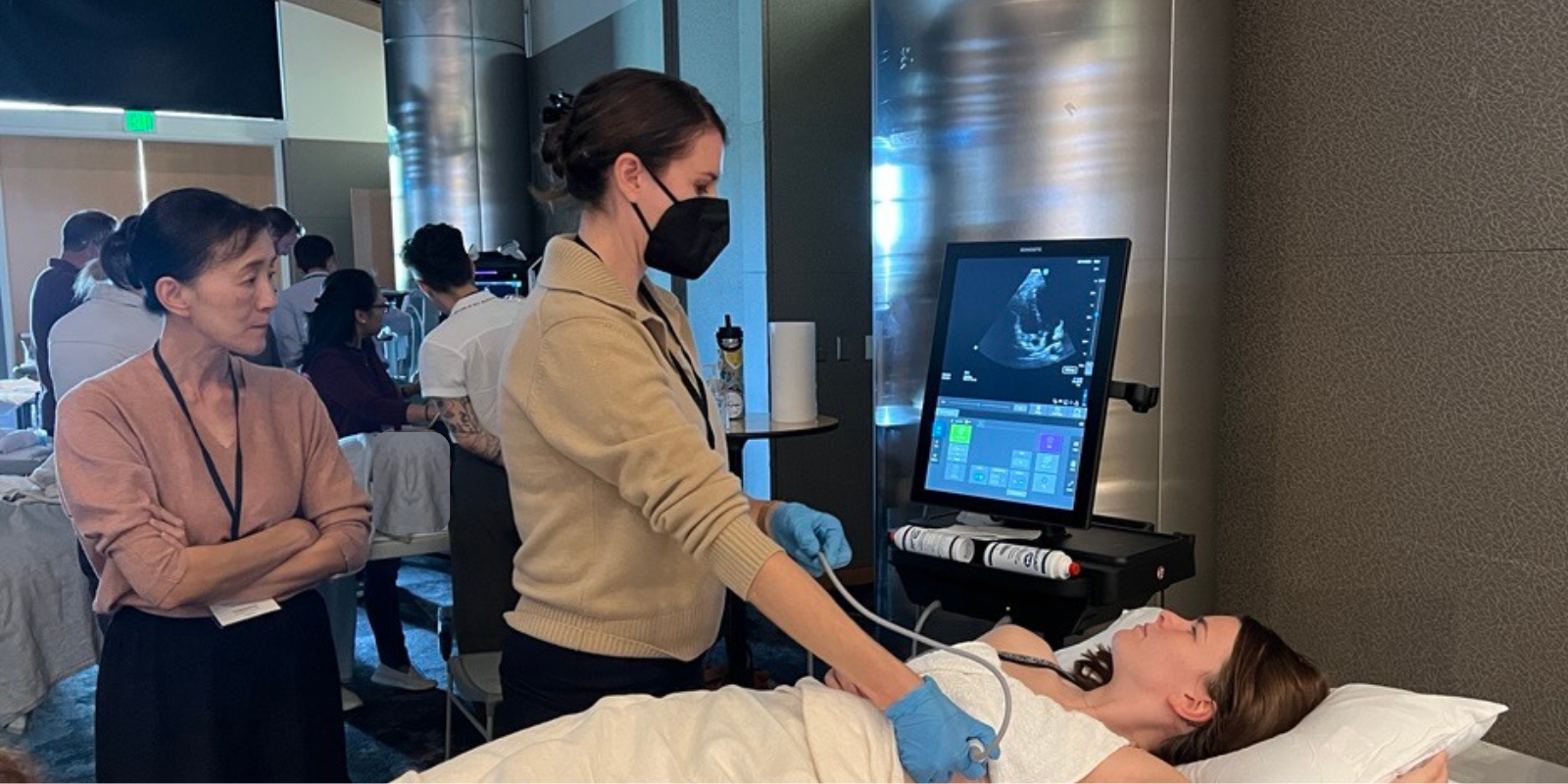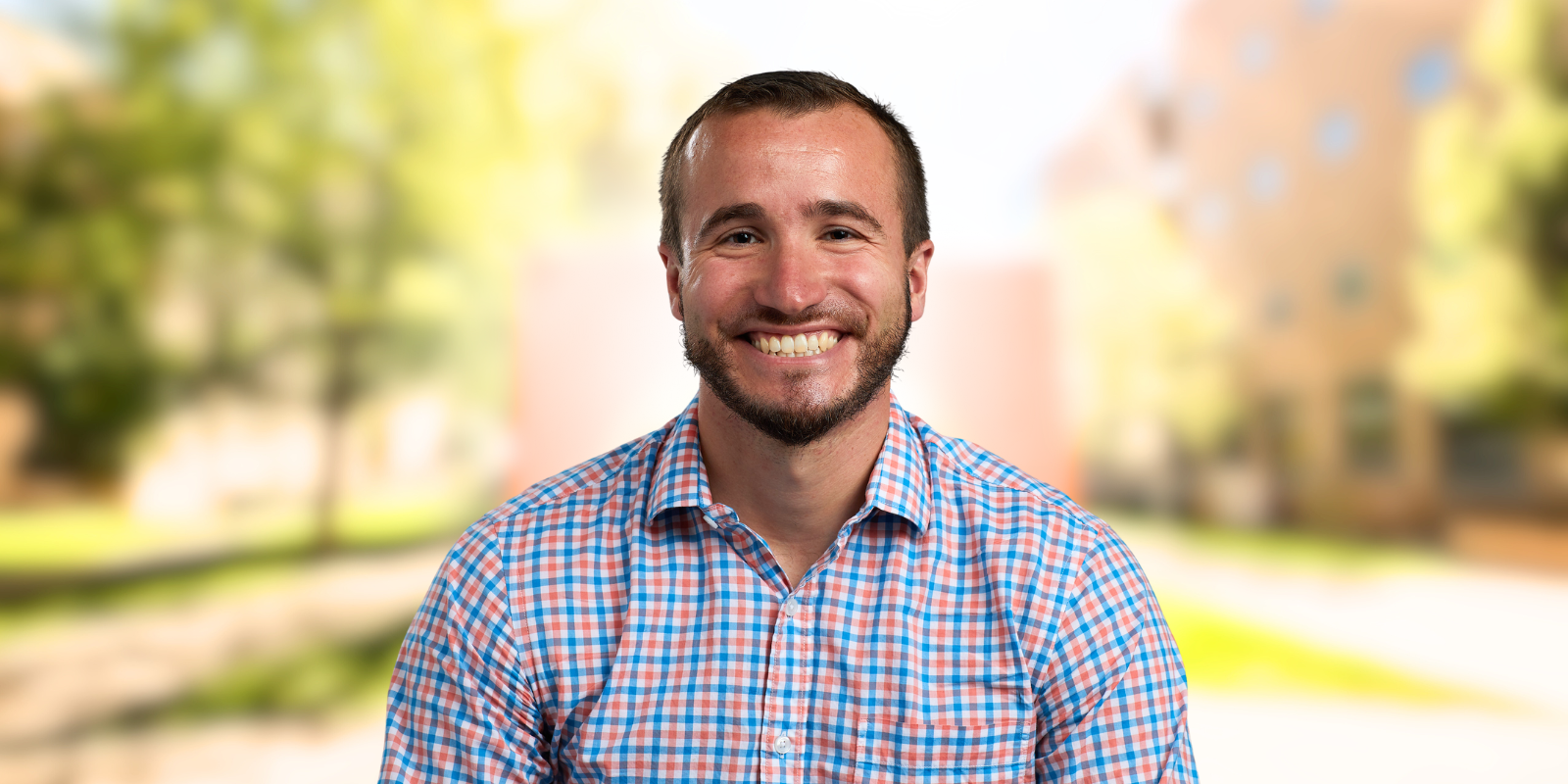Andrés Henao-Martínez, MD, an associate professor in the Division of Infectious Diseases at the University of Colorado Department of Medicine, was among a small number of experts invited to La Universidad Nacional de la Amazonía Peruana in Iquitos, Peru — a city in the Amazon jungle that can only be accessed by boat or plane. These experts gave lectures as part of a course called “LAPAHS,” which is a tropical medicine course from the Loreto Regional Hospital’s Department of Infectious and Tropical Diseases.
“I was very excited to visit these communities — to work with vulnerable people whom we all feel passionate about helping and see the diseases that we have studied and tried to develop new tools for,” he says. “It was a humbling experience. You feel a lot of connection and energy from not only the people who are doctors there but from the community as well.”
 Image courtesy of Andrés Henao-Martínez, MD, from his trip to Iquitos, Peru.
Image courtesy of Andrés Henao-Martínez, MD, from his trip to Iquitos, Peru.
Embarking on a unique journey
It was Henao-Martínez’s international connections that led to him being invited to La Universidad Nacional de la Amazonía Peruana in Iquitos, as it was some Peruvian colleagues who formally invited him to visit and help teach a tropical medicine course.
“There are a lot of different topical medicine courses around the world,” he says. “This group, at the University of Amazonía, see a lot of tropical medicine cases because they are in the jungle. They really have a passion for tropical medicine, and they wanted to offer an opportunity for the rest of the world to participate in the course.”
Henao-Martínez was the only representative of the CU School of Medicine who attended. He was accompanied by students and faculty from other institutions such as Colorado State University, Oklahoma University, Stony Brook University, the University of Michigan, and UCLA.
As part of the LAPAHS course, he gave four lectures on topics like cryptococcus, an invasive fungus that can cause infection, and toxoplasmosis and Chagas disease, infectious diseases caused by parasites. The course was very well received by the students, who praised the organizers and teaching faculty, he says.
 Andrés Henao-Martínez, MD, says students praised the LAPAHS course in Iquitos, Peru. Image courtesy of Henao-Martínez.
Andrés Henao-Martínez, MD, says students praised the LAPAHS course in Iquitos, Peru. Image courtesy of Henao-Martínez.
‘We can teach each other’
When he wasn’t teaching, Henao-Martínez was learning from other experts throughout the nearly week-long trip.
“It was fascinating,” he says. “I felt like a little kid, learning in awe. There is always something new to learn that you can implement back into your practice.”
When comparing the CU Anschutz Medical Campus to the local hospital in Iquitos, Henao-Martínez says that although there are differences in terms of health care infrastructure and patient populations, the approaches to medicine are similar in a lot of ways.
“We can teach each other,” he says. “It’s bi-directional. Having this partnership and helping empower those communities to recognize their strengths will help us down the road.”
The power of global partnership
In the field of infectious diseases, developing global partnerships is a powerful method for gaining knowledge on what diseases may travel and eventually hit other parts of the world.
Henao-Martínez pointed out how diseases like COVID-19 or monkeypox quickly expanded, and he stressed the importance of information sharing among doctors across the globe to address the health of all patients.
“Infectious parasites and disease vectors don’t recognize borders,” he says. “Knowing what is happening in the jungle gives you some perspective for what could affect countries like the United States based on migration, global warming, or climate change.”
“Sometimes, we practice medicine and we’re isolated in a bubble. So, when you see how medicine is practiced elsewhere, it gives you a better sense of global health and health disparities,” he adds.
As part of the trip, Henao-Martínez and his Peruvian colleagues discussed how to build future opportunities for partnership, such as collaborative research projects.
“We'll also be developing more educational programs around tropical medicine with the same group and create venues to discuss challenging cases, especially tropical medicine cases,” he says.
“I think we can benefit tremendously from a future with the group because it can help enrich any educational purpose and has the potential to develop new clinical and research innovations.”








